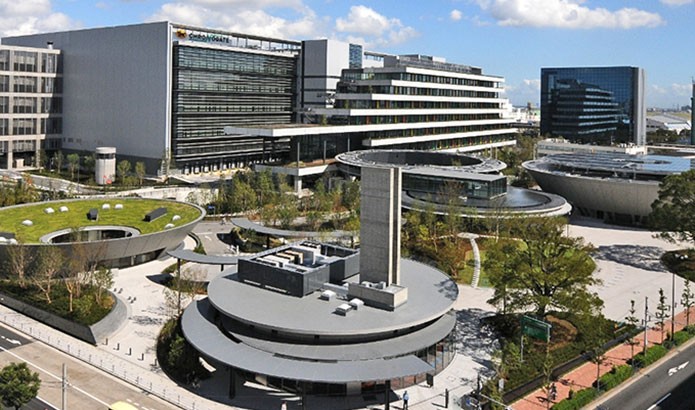
Major Internet retailers in Japan are proving to be no laggards in the race to deliver goods ever more quickly. The Shukan Economist (10 November) reported that logistics service providers are teaming up to expedite shipments over the so-called last one mile, speeding up the process from already prompt next-day deliveries to even quicker same-day deliveries.
While the latter promise to be a boon to the major logistics firms, other types of business can also be expected to tap into the field and reap benefits.
The first step in response to an order is picking, which involves locating and selecting 200,000–300,000 items of merchandise stored at a distribution centre. Next, the item is wrapped and then sent to the delivery service. As speed and accuracy are of the essence, building an efficient system has become a fine art.
Using large distribution centres as collection points has made next-day deliveries possible, but has not eliminated local-level limitations. Major Internet retailers understand that, in areas with a high concentration of people, more distribution centres are needed. Beginning with Tokyo, then moving on to the greater Nagoya, Osaka and northern Kyushu areas, the centres have been dispersed, so as to bring them closer to more customers.
In areas surrounding Tokyo Bay and at points adjacent to the nearly completed 300km Ken-o Expressway that encircles greater Tokyo, planning and construction of new distribution facilities have been particularly conspicuous.
However, some differences can be found in firms’ approaches. Amazon Japan understood the nature of its business model from the start, and undertook distribution on its own. Supported by nine subsidiary firms around the country, it has undertaken the building of large-scale distribution centres that represent considerable investments.
Amazon Japan also makes its logistics available to other firms, serving in a subcontractor capacity for various storage and order-processing services.
Another Internet sales giant, Rakuten, has begun proposing similar fulfilment services to firms selling goods via its Rakuten Ichiba shopping centre. Referred to in the trade as third-party logistics or 3PL, they are propelled by offerings that combine the lorry terminals of transport firms with storage facilities. Examples include Yamato Transport’s Haneda Chronogate and Atsugi Gateway complexes where, following picking and packing, the ordered goods are swiftly loaded onto lorries to be sent to their destinations.
To alleviate the growing lack of available staff, robots are being increasingly used. Although costly, they are fast becoming necessary to improve the functioning of distribution centres.
Shorter delivery times are already spawning new types of service. On 15 September, Amazon Japan launched its Amazon Pantry service, which delivers processed—but not fresh—food items and sundry goods. These are offered exclusively to Amazon Prime subscribers.
